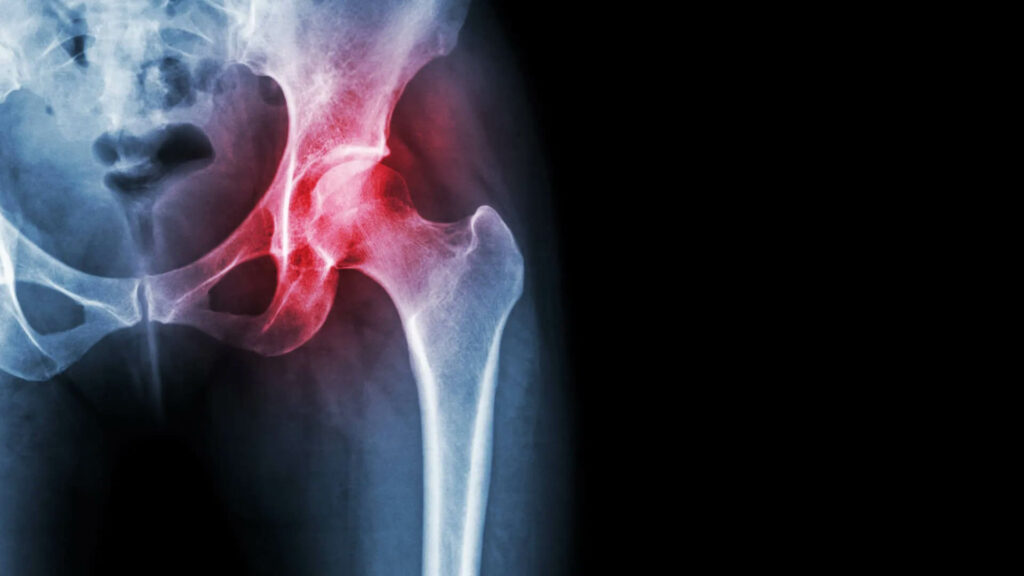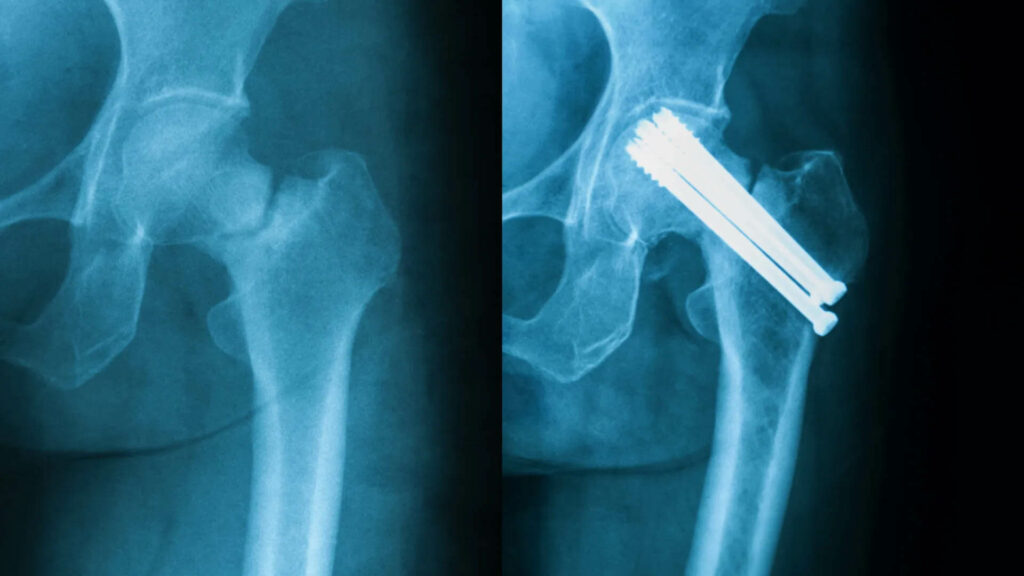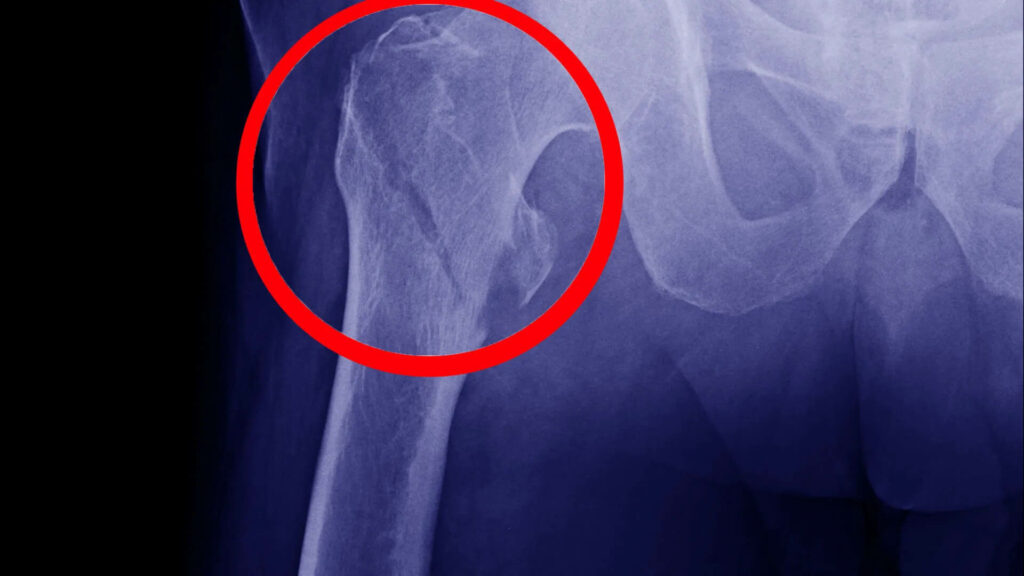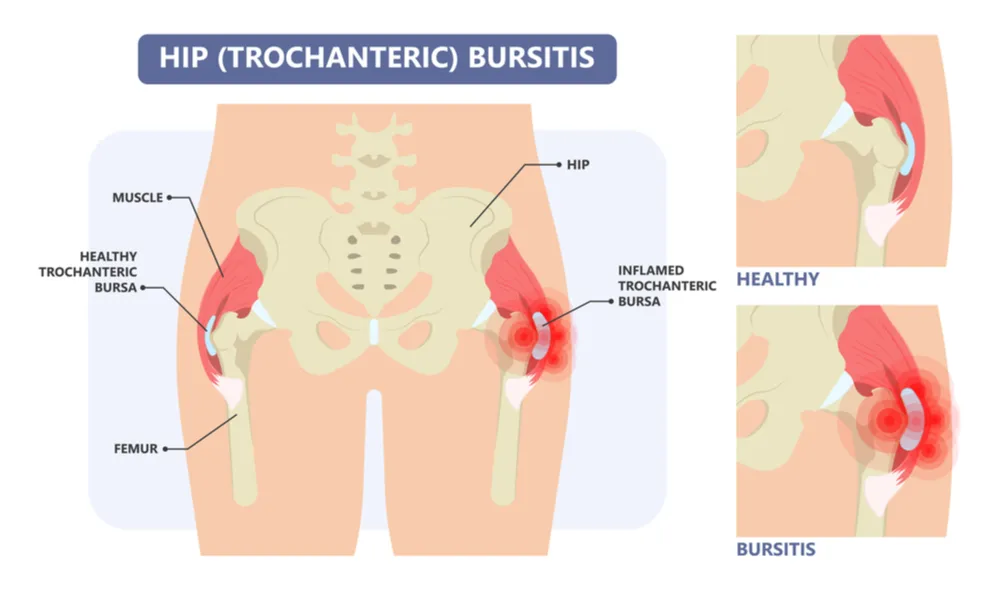Hip Replacement Surgery Arizona
Arizona Orthopedic Surgery Solutions for Hip
Hip Arthritis & Hip Replacement

Orthopedic Surgery Solutions for Hip Arthritis & Hip Replacement
The hip normally suffers from five types of arthritis, being osteoarthritis, rheumatoid arthritis, ankylosing spondylitis, systemic lupus erythematosus, and psoriatic arthritis.
Hip Fracture
Orthopedic Surgery Solutions for Hip Fracture
A hip fracture is where part of the upper femur, or thighbone, has been broken. Usually, an elderly person affected by osteoporosis will suffer a hip fracture, while a younger person fractures a hip from high impact, like a car accident or intense sport injury. It is important to operate on a fractured hip promptly as extended bed rest can make matters worse, possibly leading to bed sores, pneumonia, and blood clots.

Intertrochanteric Fracture

Orthopedic Surgery Solutions for Intertrochanteric Fracture
An intertrochanteric fracture is a hip fracture within the femurs lesser or greater trochanters. The intertrochanteric area is just below the femoral neck and just above the subtrochanteric area. As this part of the hip is beyond the joint’s tough casing, it is known as an extracapsular fracture. There are stable and unstable intertrochanteric fractures. A stable fracture is when the femur is fractured into two or three parts, while an unstable fracture is when the femur is fractured in four or more parts. An unstable intertrochanteric fracture can also be when the fracture is a reverse oblique pattern, meaning the fracture appears like a subtrochanteric fracture although the fracture is within the intertrochanteric area. Doctors use different operations to fix a fractured hip depending on the type of the fracture. Stable fractures are repaired with a sliding hip screw and a side plate to keep it in position, while unstable fractures use a sliding hip screw with a short or long intramedullary hip screw, varying on the severity and location of the fracture.
Hip Osteoarthritis
Orthopedic Surgery Solutions for Hip Osteoarthritis
Osteoarthritis, more commonly known as “wear and tear” arthritis, is a relatively normal issue among middle-aged and senior adults, setting in at about fifty years of age, but has been known to occur sooner. Osteoarthritis is not limited to the hips, however it is most common in joints that carry the weight of the body, such as knees and hips. The cartilage in the hips becomes thin from use over the years and causes pain, making it obvious as to why it is more common in older folks rather than younger folks. As the cartilage continues to wear away, everyday tasks can increase in difficulty due to increasing pain and limited range of motion, all the way to where your bones have no cartilage and end up grinding against one another. Bones will end up growing osteophytes, which are simply bone spurs.

Bursitis

Orthopedic Surgery Solutions for Bursitis
Hip bursitis, also known as greater trochanteric pain syndrome, is a form of chronic hip pain. A bursa is a sac filled with synovial fluid to assist with friction reduction among tissues that move against each other. Bursitis is when a bursa becomes inflamed. While usually noninfectious, they can become infected and inflame to the point of rupture. Trochanteric bursitis disturbs the outside of the front of the hip while Ischial bursitis affects the buttock region. Initially, the pain will be strong and sharp and turn into a dull, aching pain throughout the hip, most often increasing in discomfort in the evening. It is normal for pain to get worse with extended periods of walking, squatting, climbing stairs, and sitting. Reoccurring stress injury, hip injury, spine disease, prior surgery, uneven leg-length, bone spurs and calcium deposits, as well as rheumatoid arthritis can all lead to hip bursitis.
Hip Fracture Care
A hip fracture is a break in the upper quarter of the femur (thigh) bone. The extent of the break depends on the forces that are involved. The type of surgery used to treat a hip fracture is primarily based on the bones and soft tissues affected or on the level of the fracture.
The diagnosis of a hip fracture is generally made by an X-ray of the hip and femur. In some cases, if the patient falls and complains of hip pain, an incomplete fracture may not be seen on a regular X-ray. In that case, magnetic resonance imaging (MRI) may be recommended. The MRI scan will usually show a hidden fracture. If the patient is unable to have an MRI scan because of an associated medical condition, computed tomography (CT) may be obtained instead. Computed tomography, however, is not as sensitive as MRI for seeing hidden hip fractures.
Once the diagnosis of the hip fracture has been made, the patient’s overall health and medical condition will be evaluated. In very rare cases, the patient may be so ill that surgery would not be recommended. In these cases, the patient’s overall comfort and level of pain must be weighed against the risks of anesthesia and surgery.
Most surgeons agree that patients do better if they are operated on fairly quickly. It is, however, important to ensure patients’ safety and maximize their overall medical health before surgery. This may mean taking time to do cardiac and other diagnostic studies.


